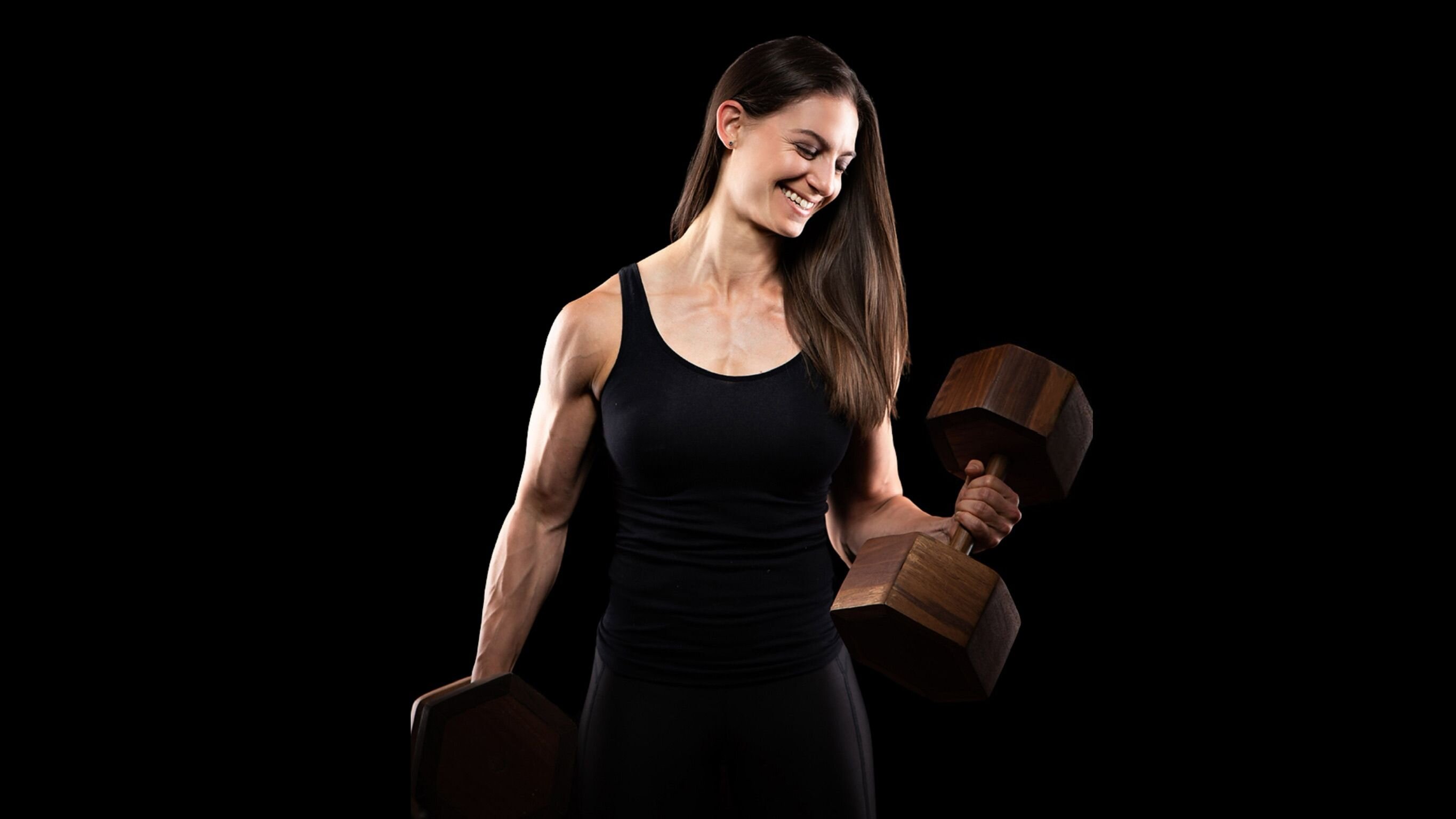What is a Turkish Get Up?
The Turkish getup is a full body, multiplanar movement, usually performed with a kettlebell (but can also be done with a dumbbell, sandbag, or bodyweight only). Unlike many of the other movements typically associated with kettlebell training; like swings, cleans, and snatches; the TGU is a much slower, more controlled movement. It consists of a sequence of movement patterns and mimics human development, in that it begins with the lifter on his or her back, then transitions to rolling, then kneeling, then standing. All of this is performed while stabilizing a weight overhead.
There is debate over whether the TGU is a good exercise or a bad exercise; also whether it’s even an exercise at all or just a series of positions strung together. In my opinion, blatantly labeling an exercise as "good" or "bad" without context is unproductive. Exercise and program prescription depend entirely on the person doing the exercise, including factors such as his/her goals, current strength and skill level, injury history, etc. Ultimately, it's up to you to judge whether the TGU is an appropriate exercise for YOU.
What body parts does the TGU work?
The short answer: all of them. The TGU is a complex movement that works the entire body and incorporates just about every major muscle group, plus lots of the small stabilizer muscles. It is multi-joint and multi-planar, so it packs a lot of bang for your buck in just one movement.
In addition, the TGU targets multiple facets of fitness at once - strength, stability, mobility, and muscular endurance/time under tension. Because 1 repetition takes between 20-30 seconds to complete, the body is required to support and stabilize the weight for significantly longer than 1 rep of any other exercise, while moving through the sequence of different movements.
What are the benefits of the TGU?
- As the name suggests, the TGU can be used to help people "get up" off the ground safely. If you are or work with anyone in the older population, this is a valuable, and potentially life-saving, ability.
- As mentioned before, the TGU incorporates multiple muscle groups and requires them to work together as one unit. This challenges coordination, balance, and proprioception.
- The getup is excellent for developing core and shoulder stability, and full body strength.
- For coaches/trainers, the getup is also a valuable assessment tool. When athletes/clients perform an unloaded getup on each side, it allows the coach to identify movement compensations and/or any asymmetries the person may have.
How do I program the getup into my routine?
- The getup can be incorporated as part of your warm-up using body weight or light weight.
- Once proficient enough with the movement to safely load it with a moderate to heavy weight, it can be programmed as a primary strength movement.
- It can be programmed as an accessory movement to other primary lifts.
- It can be broken down into smaller chunks that can each serve as their own standalone exercise (i.e. overhead reverse lunge, half-kneeling windmill).
- As this exercise is not meant to be performed for speed, I do not recommend programming it into high-intensity circuits, metcons, or finishers. Focus on quality movement, proper form, and precision.
